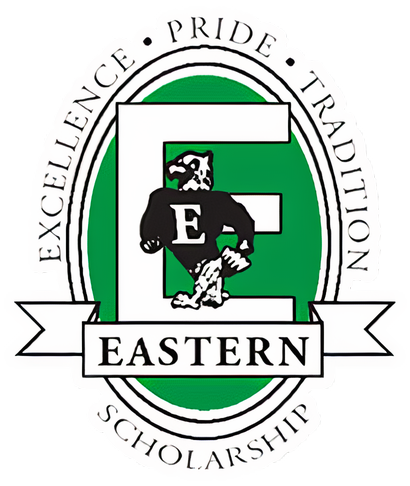Skip to content
Show submenu for District
District
School Security
Levy FAQ
Show submenu for Pre K-6 School
Pre K-6 School
K-6 Checkout
Show submenu for 7-12 School
Staff
Show submenu for Athletics
Show submenu for Departments
Show submenu for Health
Show submenu for
